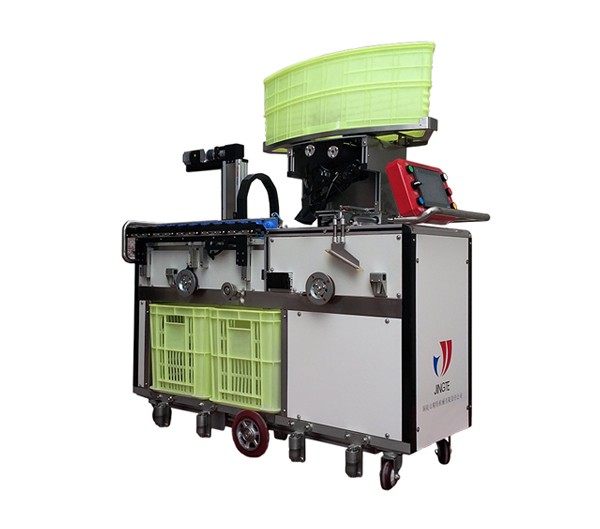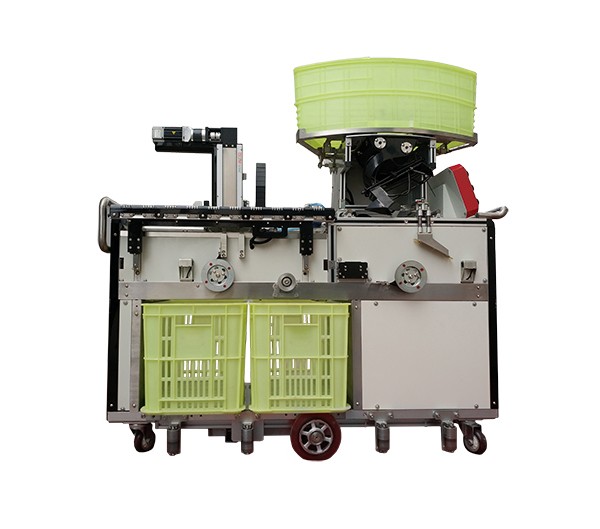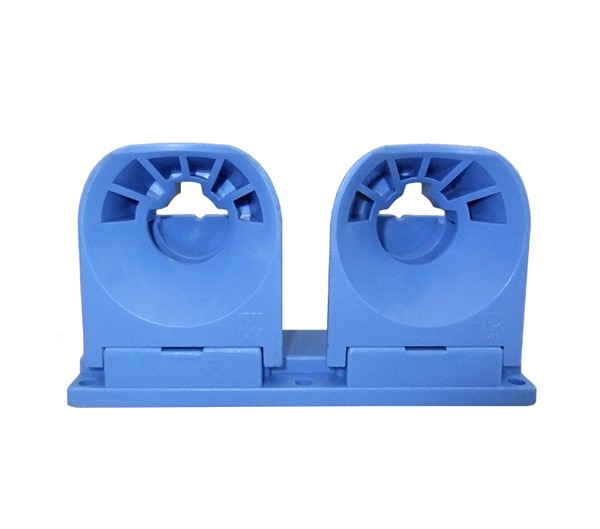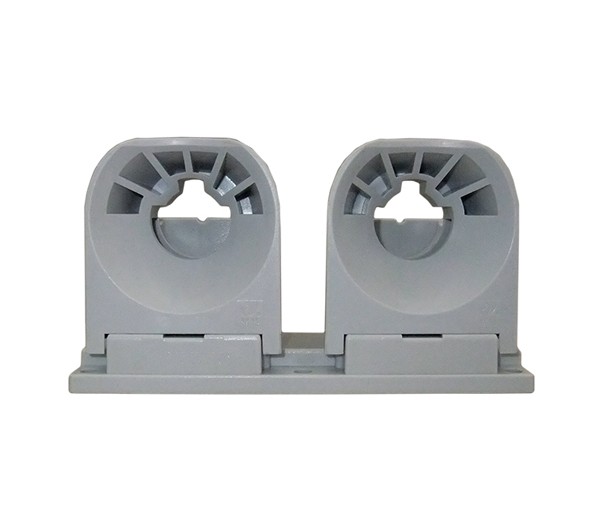The development trend of textile industry fluctuates greatly
來源:未知 發(fā)布時(shí)間:2015/1/31 0:00:00
"Despite the pressure factors such as weak domestic market, rising comprehensive cost and large price gap between domestic and foreign cotton, the transformation and upgrading of China's textile industry has been steadily promoted since this year, and the overall smooth operation has been achieved." Talking about the development of China's textile industry this year, Gao Yong, vice president of China Textile Industry Federation, told reporters.
In 2014, China's textile industry has achieved growth in the main operating indicators, some indicators slowed down compared with the same period last year, but since the second quarter there has generally been a steady upward trend. Statistics from the State Bureau of Statistics and the General Administration of Customs show that from January to June, 38,000 textile enterprises with more than 38,000 sizes nationwide accumulated revenue of 310,385 million yuan, an increase of 8.5% over the same period last year, a growth rate of 4.8 percentage points lower than that of the same period last year and 0.2 percentage points higher than that of the first quarter of this year, and a total profit of 147.76 billion yuan, an increase of 11.8% over the same period last year, a growth rate of 48 percentage points lower than that of the same period last year. At the same time, from January to June, China's total export of textiles and apparel amounted to $136.39 billion, an increase of 4.2% over the same period last year, a decline of 7.7 percentage points, but a rebound of 37 percentage points over the first quarter of this year. The total investment in fixed assets of projects with more than 5 million yuan in the whole industry amounted to $454.48 billion, an increase of 16.1% over the same period last year, a growth rate of 1.1 percentage points over the same period last year.
Gao Yong said that in the first half of 2014, the quality of China's textile industry's economic operation was steadily improving, and the industrial restructuring continued to achieve results. According to the data of the National Bureau of Statistics, the profit margin of textile enterprises above the scale of January to June is 4.8%, which is 0.2 percentage points higher than that of the same period last year, and the profitability of enterprises has improved; the turnover rate of total assets is 1.6 times per year, which is equal to that of the same period last year, and the operation efficiency is stable; the asset-liability ratio is 55.3%, which is 1.5 percentage points lower than that of the same period last year, and the asset risk is reduced. The production, marketing and benefit of industrial textile industry increased rapidly. The main business income and total profit of Enterprises above the scale of January to June increased by 14.1% and 19.9% respectively compared with the same period last year. The growth rate was significantly higher than the average level of the industry, and the contribution to the economic growth of the whole industry was further enhanced. From January to June, the main business income of textile enterprises above the central and western regions increased by 12% compared with the same period of last year, which was 4.5 percentage points higher than that of Eastern regions, accounting for 21.4% of the whole country. Compared with the same period of last year, it increased by 1.5 percentage points, and the effect of industrial regional layout adjustment was further demonstrated.
Pressure still exists
In introducing the trend of textile industry in the second half of 2014, Gao Yong said that the current economic operation of the textile industry is also facing a series of pressure factors. Due to the rapid decline of international cotton prices, the price gap between domestic and foreign cotton has widened again, reaching more than 5500 yuan/ton in early August; the problem of high quality and low price of national cotton storage is still prominent, and the demand for cotton for enterprises is difficult to meet effectively; the domestic cotton circulation system is parallel, and the market situation is very complex, which affects the willingness of enterprises to take orders. Domestic labor, textile raw materials and accessories and other factors have generally risen in price, financing, land, marketing channels and other costs continue to increase, the burden of ecological environmental protection investment has increased, the pressure of textile enterprises'comprehensive cost has increased, and the survival and development of small and micro enterprises has become more prominent. With the intensification of international market competition, Vietnam, Bangladesh and other countries rely on cost advantages, and their market share is rising. From January to May, China's share of the total textile and apparel imports from the United States, Europe and Japan decreased by 0.8, 0.7 and 4 percentage points, respectively.
Gao Yong said that at present, the development environment faced by the textile industry is still relatively complex. On the one hand, macroeconomic fundamentals at home and abroad are generally stable. Developed economies will drive the global economy and market to continue to recover steadily. With the effect of fine-tuning policies such as directional benchmarking, the domestic demand market is expected to enhance the growth momentum. The domestic and foreign market environment facing the textile industry is generally stable and tending to be better. On the other hand, with the approaching of new cotton market, the domestic cotton market situation will become more complex, and the impact on the industry can not be ignored. It is expected that the textile industry will run smoothly in the whole year and show a "low before and high after" trend. The growth rate of production, marketing and export in the second half of the year will be higher than that in the first half of the year. The textile industry itself insists on deepening structural adjustment and promoting transformation and upgrading, which is still the fundamental to ensure stable development.
In 2014, China's textile industry has achieved growth in the main operating indicators, some indicators slowed down compared with the same period last year, but since the second quarter there has generally been a steady upward trend. Statistics from the State Bureau of Statistics and the General Administration of Customs show that from January to June, 38,000 textile enterprises with more than 38,000 sizes nationwide accumulated revenue of 310,385 million yuan, an increase of 8.5% over the same period last year, a growth rate of 4.8 percentage points lower than that of the same period last year and 0.2 percentage points higher than that of the first quarter of this year, and a total profit of 147.76 billion yuan, an increase of 11.8% over the same period last year, a growth rate of 48 percentage points lower than that of the same period last year. At the same time, from January to June, China's total export of textiles and apparel amounted to $136.39 billion, an increase of 4.2% over the same period last year, a decline of 7.7 percentage points, but a rebound of 37 percentage points over the first quarter of this year. The total investment in fixed assets of projects with more than 5 million yuan in the whole industry amounted to $454.48 billion, an increase of 16.1% over the same period last year, a growth rate of 1.1 percentage points over the same period last year.
Gao Yong said that in the first half of 2014, the quality of China's textile industry's economic operation was steadily improving, and the industrial restructuring continued to achieve results. According to the data of the National Bureau of Statistics, the profit margin of textile enterprises above the scale of January to June is 4.8%, which is 0.2 percentage points higher than that of the same period last year, and the profitability of enterprises has improved; the turnover rate of total assets is 1.6 times per year, which is equal to that of the same period last year, and the operation efficiency is stable; the asset-liability ratio is 55.3%, which is 1.5 percentage points lower than that of the same period last year, and the asset risk is reduced. The production, marketing and benefit of industrial textile industry increased rapidly. The main business income and total profit of Enterprises above the scale of January to June increased by 14.1% and 19.9% respectively compared with the same period last year. The growth rate was significantly higher than the average level of the industry, and the contribution to the economic growth of the whole industry was further enhanced. From January to June, the main business income of textile enterprises above the central and western regions increased by 12% compared with the same period of last year, which was 4.5 percentage points higher than that of Eastern regions, accounting for 21.4% of the whole country. Compared with the same period of last year, it increased by 1.5 percentage points, and the effect of industrial regional layout adjustment was further demonstrated.
Pressure still exists
In introducing the trend of textile industry in the second half of 2014, Gao Yong said that the current economic operation of the textile industry is also facing a series of pressure factors. Due to the rapid decline of international cotton prices, the price gap between domestic and foreign cotton has widened again, reaching more than 5500 yuan/ton in early August; the problem of high quality and low price of national cotton storage is still prominent, and the demand for cotton for enterprises is difficult to meet effectively; the domestic cotton circulation system is parallel, and the market situation is very complex, which affects the willingness of enterprises to take orders. Domestic labor, textile raw materials and accessories and other factors have generally risen in price, financing, land, marketing channels and other costs continue to increase, the burden of ecological environmental protection investment has increased, the pressure of textile enterprises'comprehensive cost has increased, and the survival and development of small and micro enterprises has become more prominent. With the intensification of international market competition, Vietnam, Bangladesh and other countries rely on cost advantages, and their market share is rising. From January to May, China's share of the total textile and apparel imports from the United States, Europe and Japan decreased by 0.8, 0.7 and 4 percentage points, respectively.
Gao Yong said that at present, the development environment faced by the textile industry is still relatively complex. On the one hand, macroeconomic fundamentals at home and abroad are generally stable. Developed economies will drive the global economy and market to continue to recover steadily. With the effect of fine-tuning policies such as directional benchmarking, the domestic demand market is expected to enhance the growth momentum. The domestic and foreign market environment facing the textile industry is generally stable and tending to be better. On the other hand, with the approaching of new cotton market, the domestic cotton market situation will become more complex, and the impact on the industry can not be ignored. It is expected that the textile industry will run smoothly in the whole year and show a "low before and high after" trend. The growth rate of production, marketing and export in the second half of the year will be higher than that in the first half of the year. The textile industry itself insists on deepening structural adjustment and promoting transformation and upgrading, which is still the fundamental to ensure stable development.




